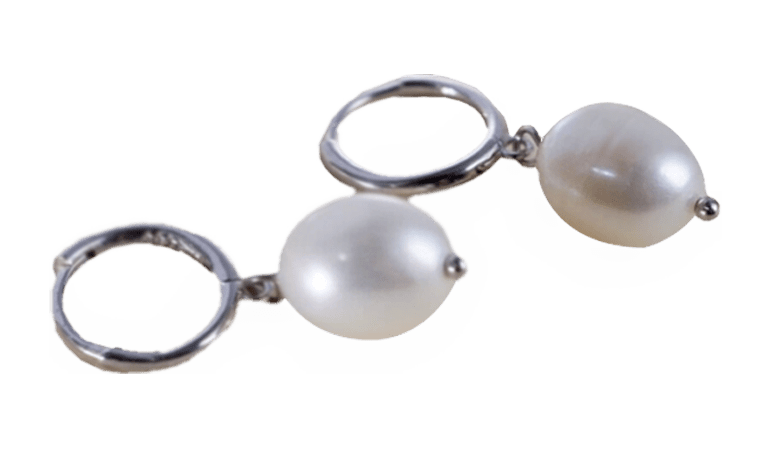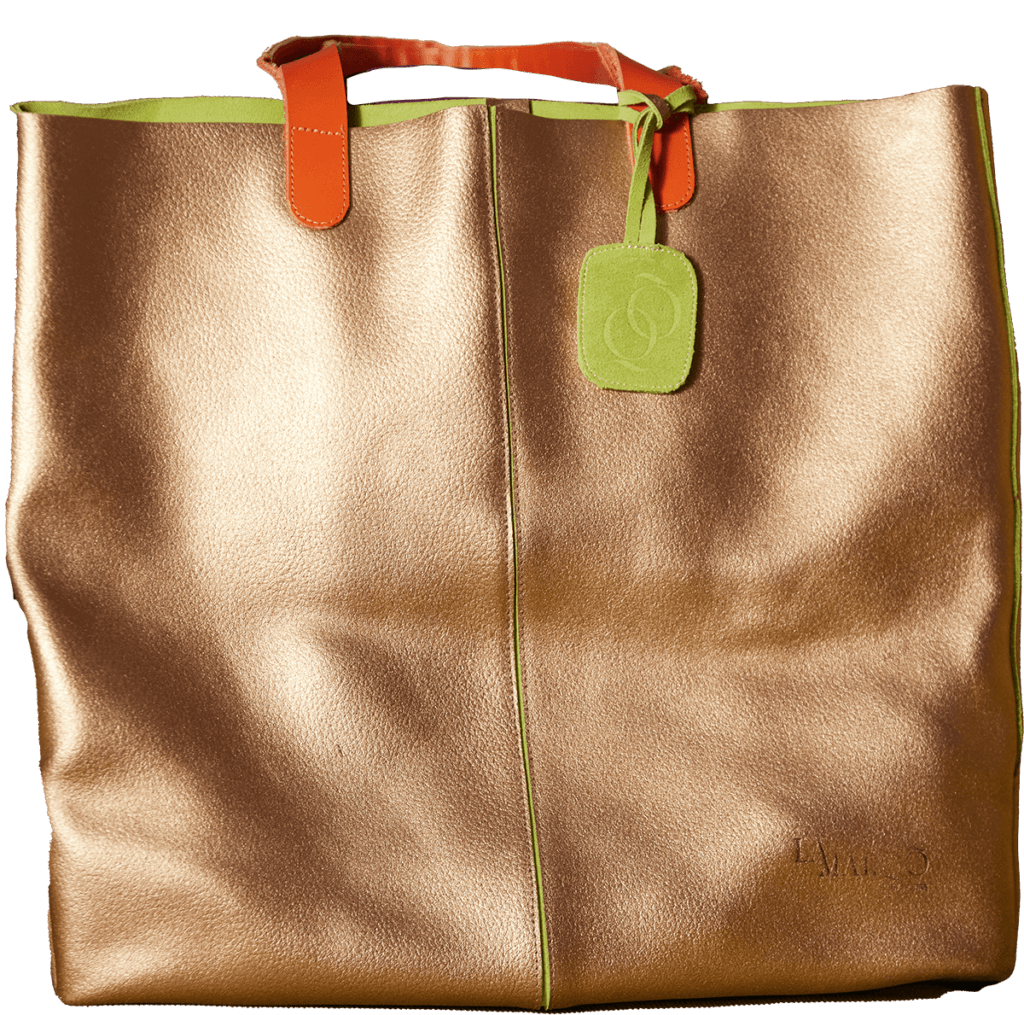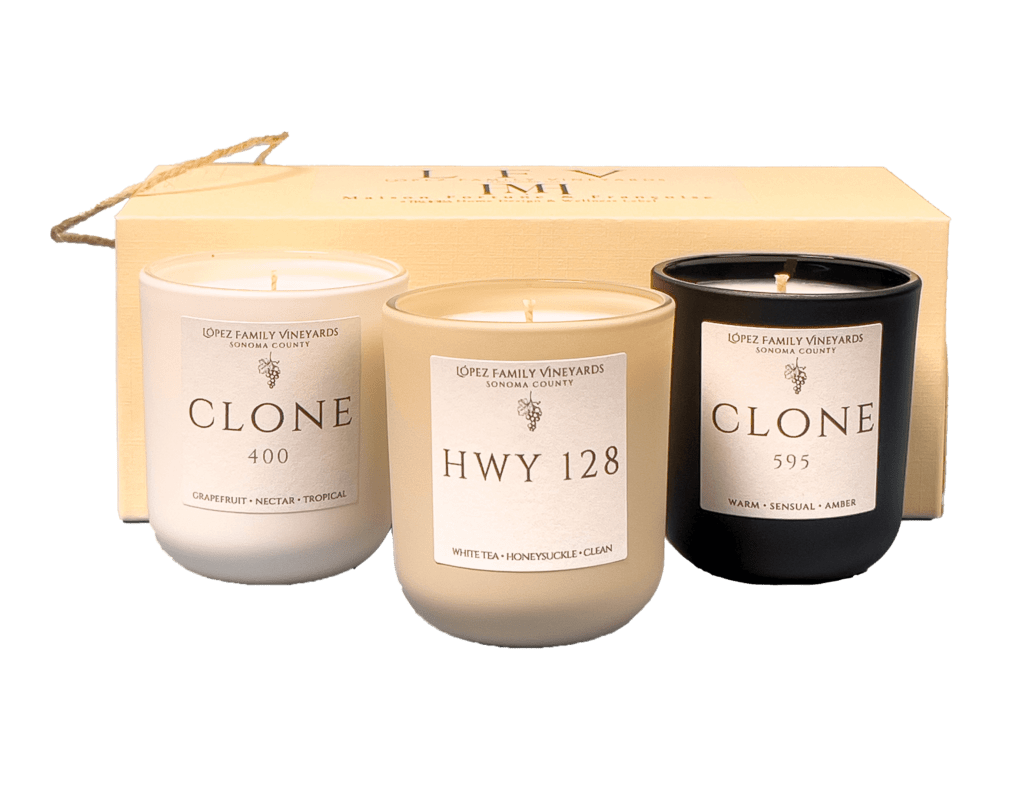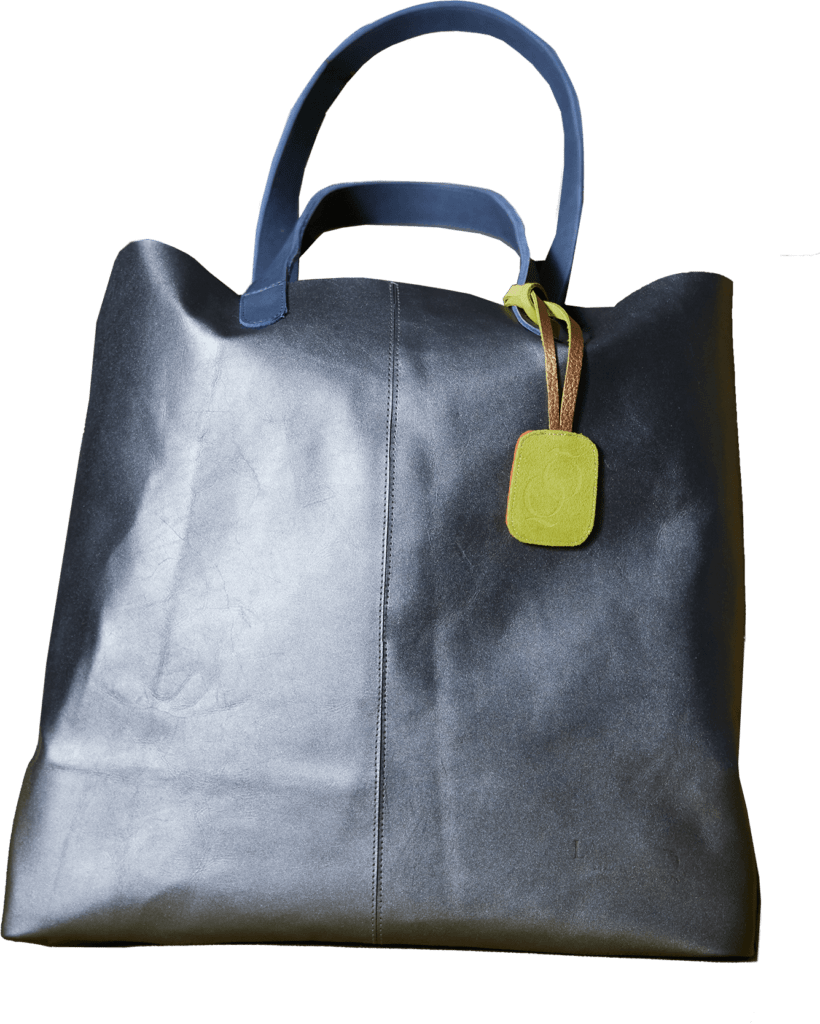
Culinary
You Can Always Go Home Again
Written by: Cary Wong
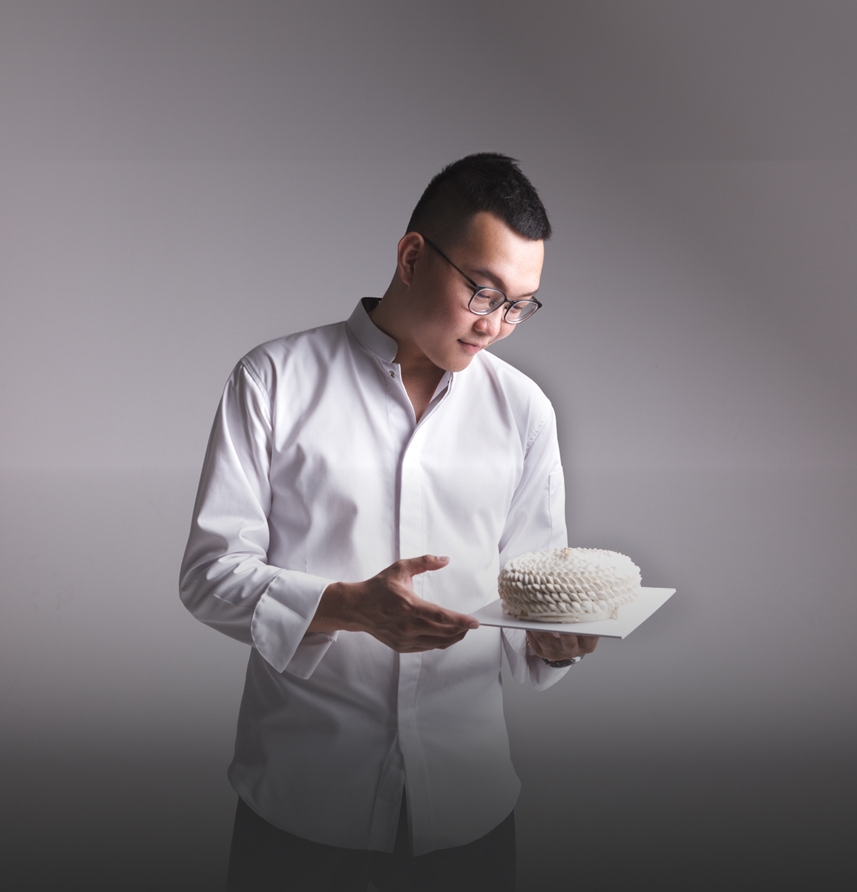
The pastry art of Chef Jeffrey Tan
As a boy born and raised on the beautiful Malaysian island of Penang, Chef Jeffrey Tan had no idea he would work in the culinary field. As a child, he had zero ideas about food and thought it was only a way to sustain life and keep people healthy. Coming from a business family where his father and siblings are successful entrepreneurs, one would imagine he would have followed a similar path.
Instead, his mother, a tailor, seemed to have the biggest impact on his career. “She was always sewing… she had a great sense of fashion and a passion to create new things,” he says, “I got inspired by my mother and was always amazed by how she could turn a piece of fabric into complete and amazing clothes.”
And despite passing away early in Chef Tan’s life, he inherited her creativity.
He also enjoyed baking because he loved sharing goodies with friends and family. It makes him glad to see the joy on other people’s faces doing what he loves.
Armed with that mindset, he started working with pastries. When he first started, he did not find any particularly difficult technique. That is because, to him, patience and time can solve most problems. The most challenging things, however, were the need to be consistent, to cope with the repetition of daily preparation, and to continue serving professionally and creatively. Yet another difficulty was dealing with experimental errors. Though mistakes are always frustrating, he finds tremendous joy in the meaningful progress and the improved outcomes.
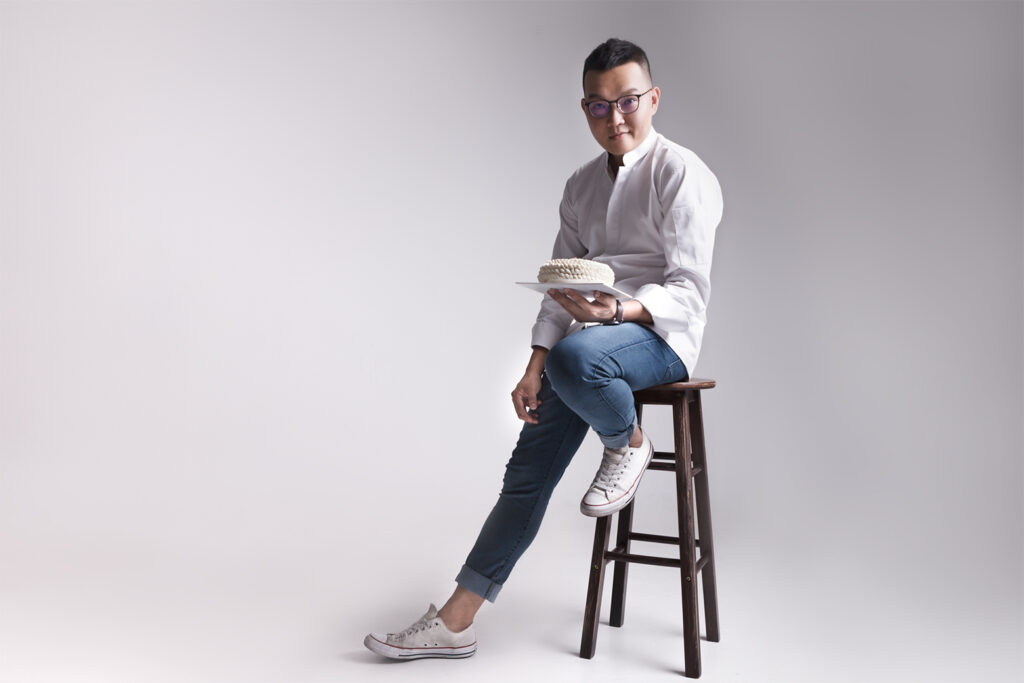
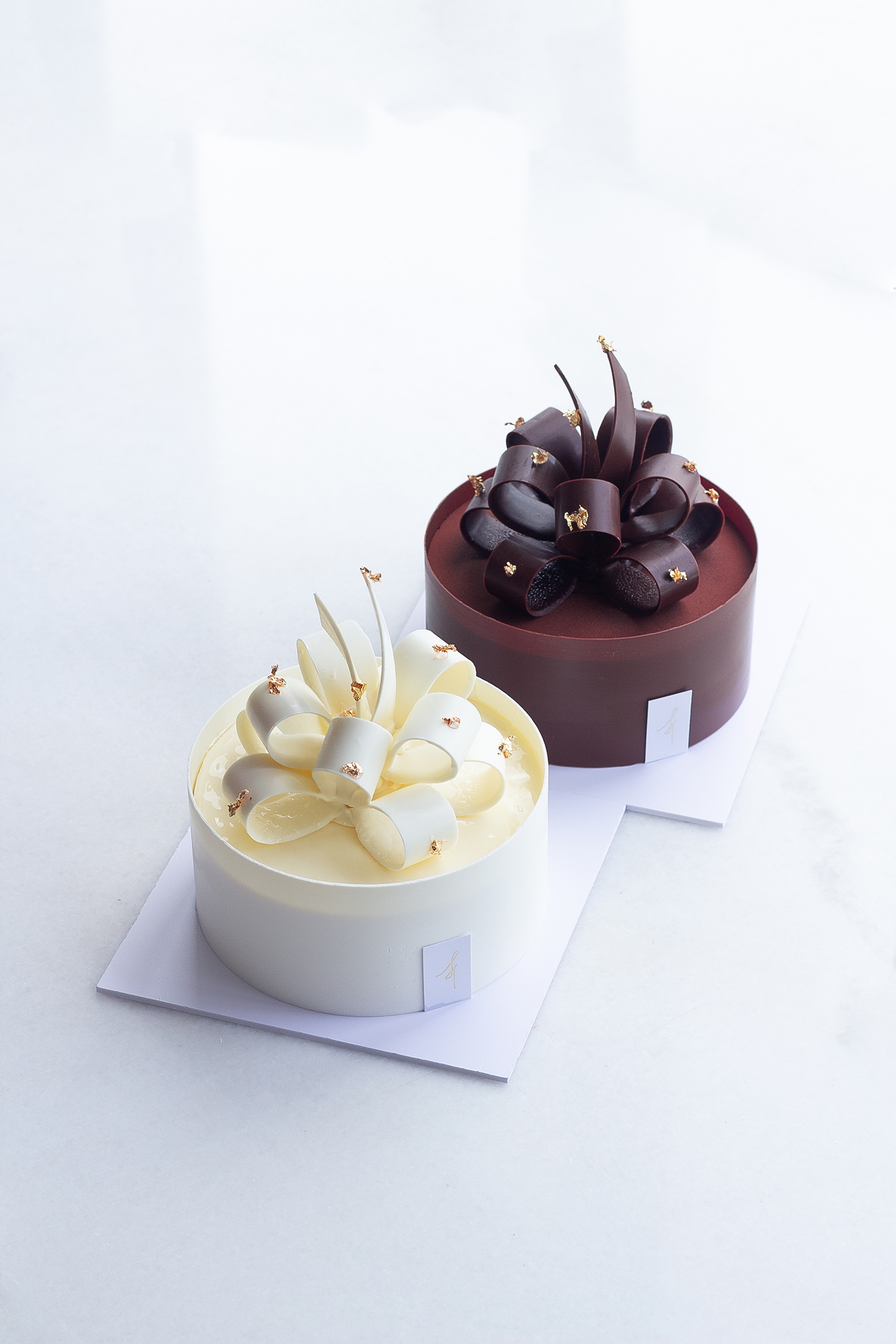
For the past 10 years, he has worked and honed his skills at many top-notch establishments. He started in Taiwan, working at Sheraton Grand Taipei Hotel. He then continued his path in France, Hong Kong, Korea, and Japan. Eventually, he returned to his hometown to develop beautiful creations and savor the joy of baking in the pastry industry.
For his creative and whimsical desserts, he gets most of his inspiration from life. “Whether it is flipping through a magazine, reading a book, or walking down the street, I can always find
these little moments or little things… [that I] turn into one of my pastry art piece
collections,” he says. For example, the essence of a beautiful rose along the street could be transformed into a seductive chocolate rose in his kitchen.
To Chef Tan, flavor is the main driving characteristic of pastry or food. However, it is undeniable that appearance is usually the thing that draws people’s attention. For his more recent works, the first thing he focuses on is color, then design, and then structure. Finally, he tailors the most appropriate recipe to craft a perfect product.
While he focuses on the sweeter side of things, he loves both savory and sweet dishes. However, pastry is the lifestyle he decided to live in and pour his creativity into. The science behind baking, details, techniques, and creativity all motivate him to keep going. Even in a fast-paced environment, he enjoys pouring his heart and soul into his work.
Having worked in Asian and European countries, he observed different definitions of sweetness due to weather differences. For example, those in the East seem to prefer a more refreshing and lighter taste, while most Westerners like richer and creamier products.
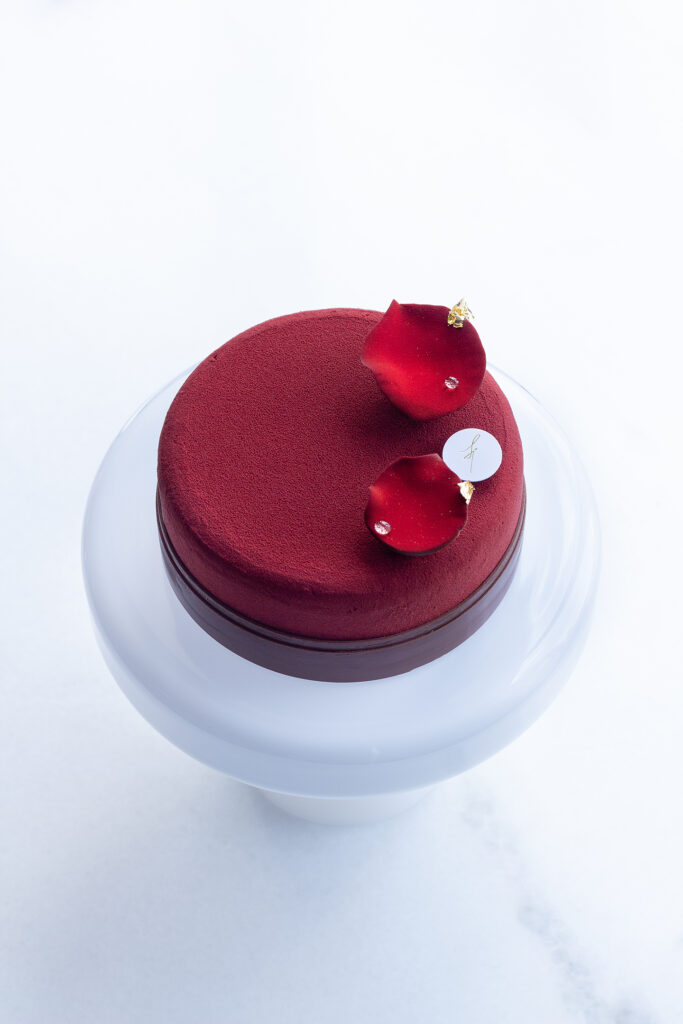
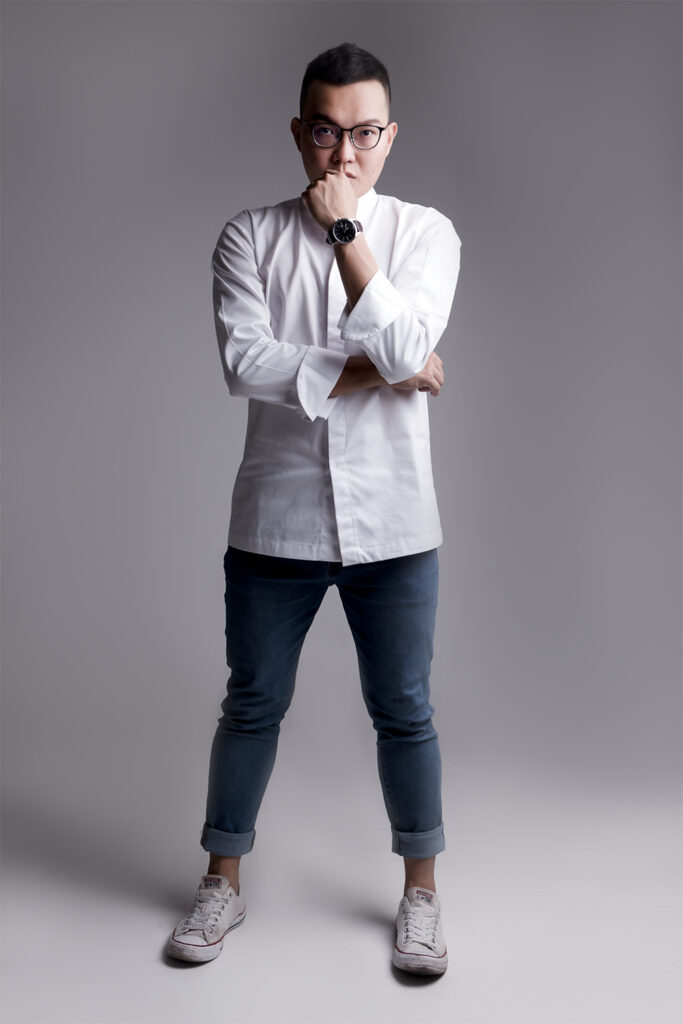
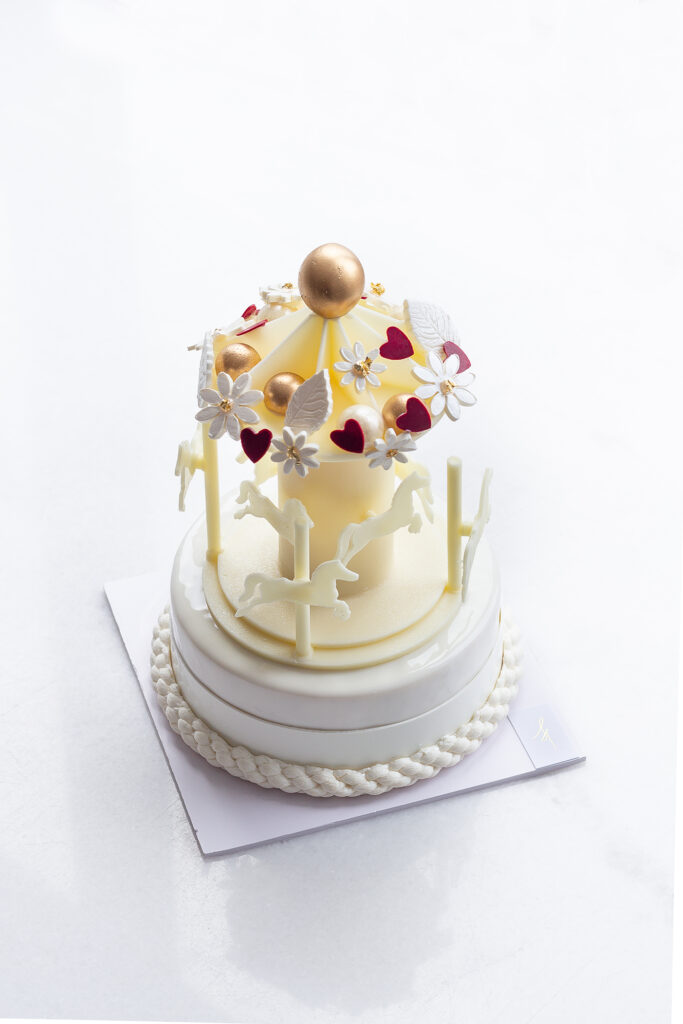
Asian kitchens also often use different methods—such as steaming and infusion—less commonly employed than their Western counterparts. In addition, chefs in the East utilize tropical fruits such as coconut, yuzu, pineapple, and mango to achieve a ‘refreshing’ outcome. In contrast, nuts, chocolate, coffee, and other stronger elements are frequently used by Western pastries.
Apart from making pastries, he also provides consultancy and teaches classes. And all three are connected to his philosophy of achievement. Consultation allows him to help a group, a business, or a kitchen put everything together to achieve their goal. Meanwhile, what draws him to teaching is the moment when the students burst into smiles when they successfully achieve a difficult recipe. “It brings the best fulfillment to my heart,” he says.
In terms of his favorite treats, on the Asian side, he likes Nyonya Kuih. Kuih is Malay for cake; many are sweet, while some are savory. They are often steamed rather than baked and thus have different textures, flavors, and appearances than European pastries. For European pastries, he loves Opera Cake. Despite being probably the most basic entrance-level pastry, he is still amazed at the different layerings and tastes that burst in seconds in the mouth. “It is rich, chocolatey, and perfectly matches with the coffee!” he says.
During the holidays, he prefers staying home for rest, self-discovery, and maybe making pasta with pesto! However, if he was to travel during this period, he loves going to any destination close to the sea. The Pacific Islands, for example, are fascinating to him. The perfect white-sand beaches are enticing, but the rich cultural heritage of this part of the world makes it even more attractive. 
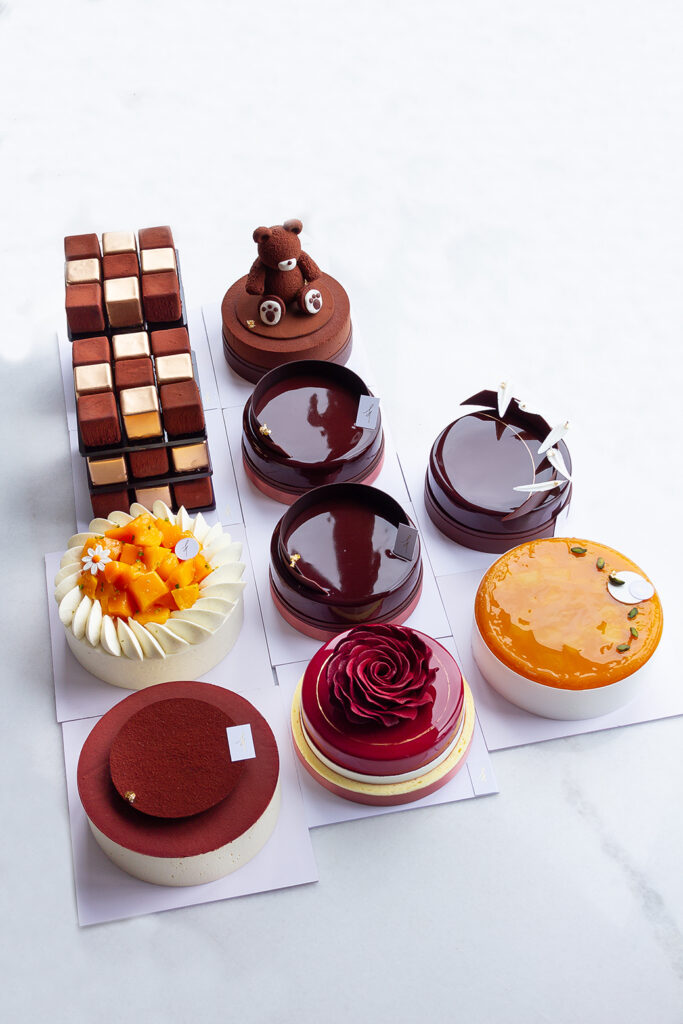
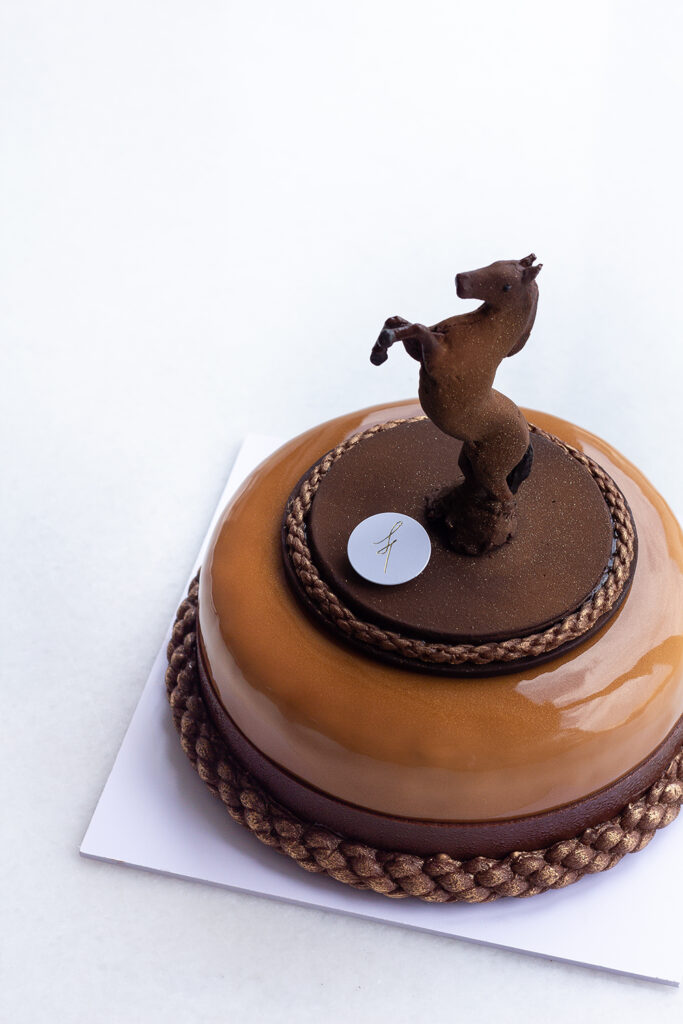

TrooRa Magazine
Written by
Cary Wong
Toronto, Canada
Want The Print?
Get Waitlisted NOW!


